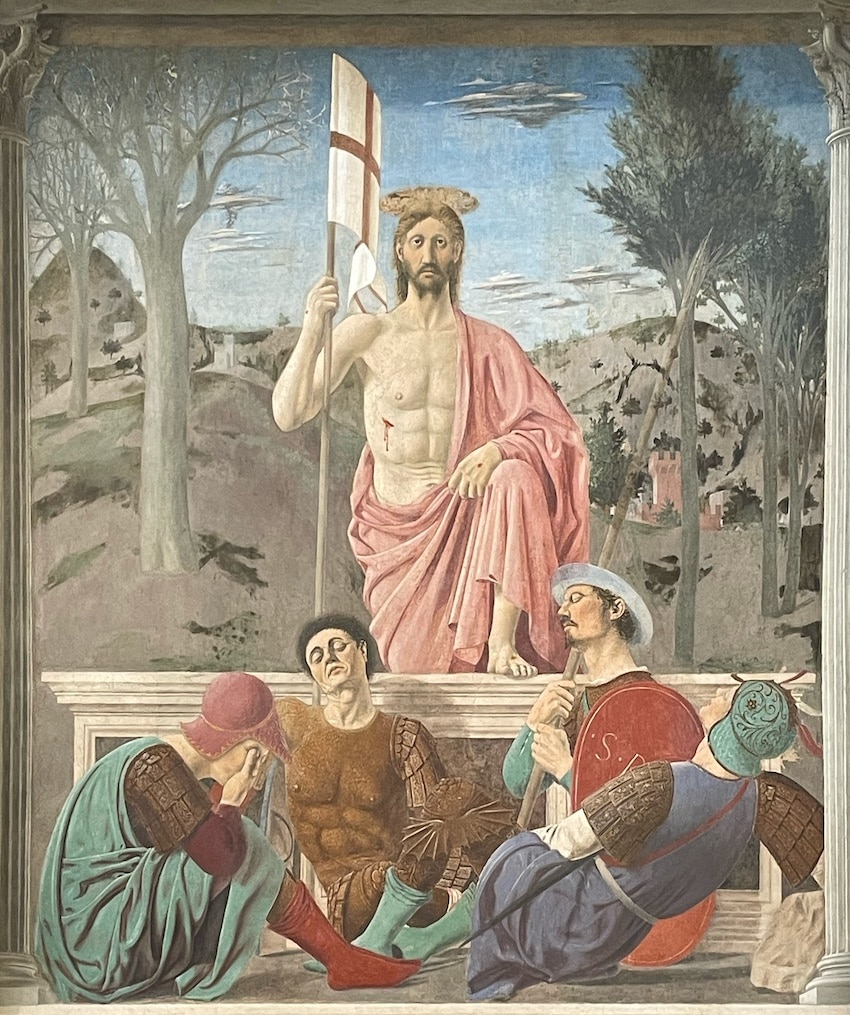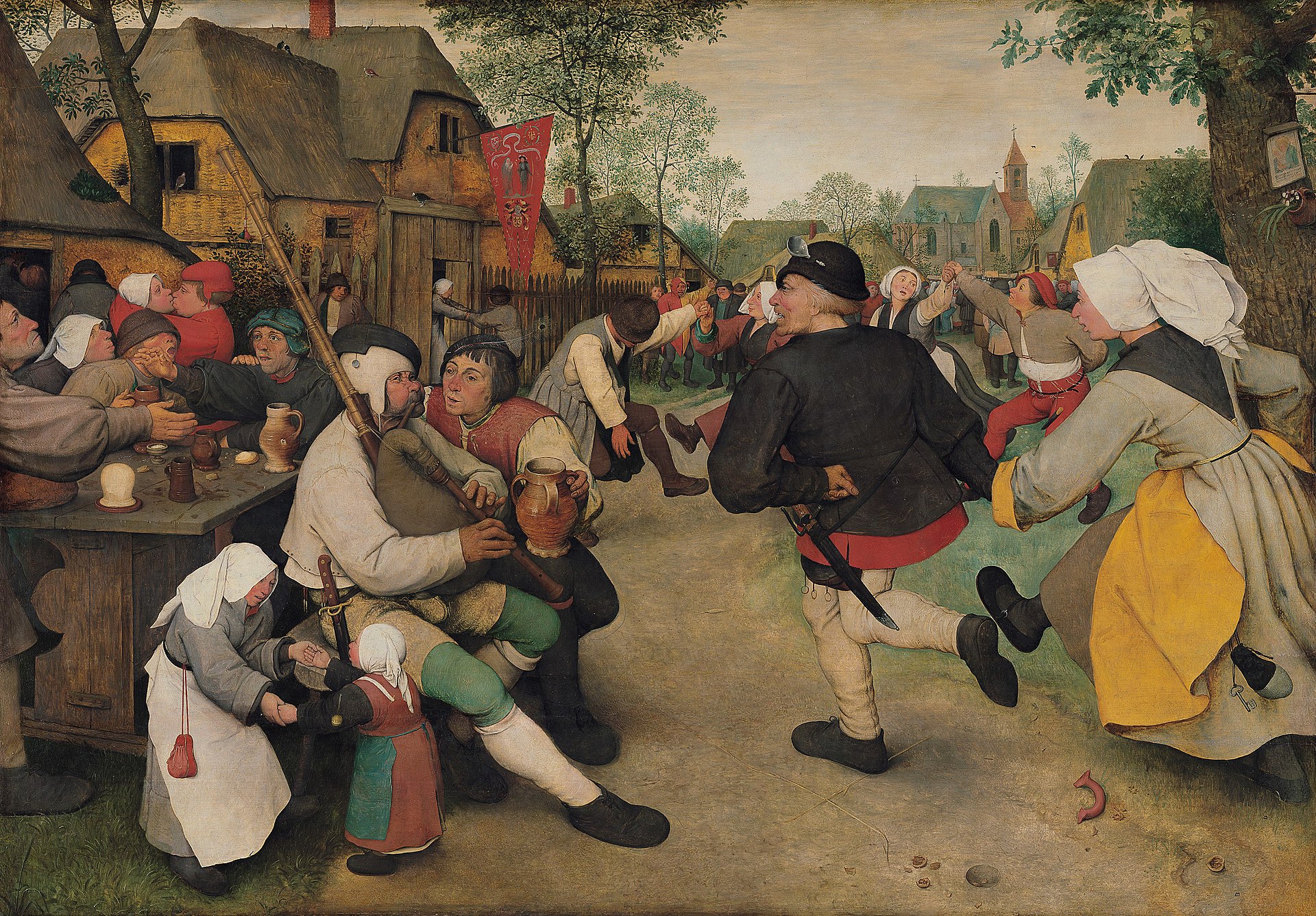Approach
I'm excited to welcome you to this exploration of Renaissance art. Whether you're encountering these ideas for the first time or revisiting familiar ground, I hope this course will be an enriching experience.
We'll delve into the Renaissance as a transitional period between the European Middle Ages and Modernity, examining its impact on European thought and individualism. My approach, informed by my practice as a Waldorf teacher, will emphasise fresh perspectives and open discussions. Together, we'll explore how this era's art shaped the West and left a lasting mark on the visual arts.
Weekly Sessions
Join our workshop to explore the development of art in eight sessions on the Renaissance. You'll study works by famous painters like Michelangelo and Raphael and learn about other influential artists such as Giotto, Piero della Francesca, Fra Angelico, and Masaccio.
- When: Tuesdays, 5:00 PM - 7:00 PM
- Where: The Art Room, Ringwood Waldorf School
- Duration: 8 weeks, 1st October - 19 November 2024
- Course Fee: £30 per session or £200 for the entire course (materials included)
- Concessions: Available for students or youth under 23 years old preparing to study art or related subjects
Registration:
- How to Register: Register your interest in the school office or online. See the registration form below.
Session Outlines
The Workshop Leader
Csaba studied painting and art history in Budapest and trained as a Waldorf teacher in London. With over ten years of experience at Ringwood Waldorf School, he teaches art, art history, and history. In addition to his teaching role, Csaba leads art workshops, offers adult educational courses, and organises the Class 12 cultural trip to Italy, which focuses on the Italian Renaissance.
Location
Registration Form


